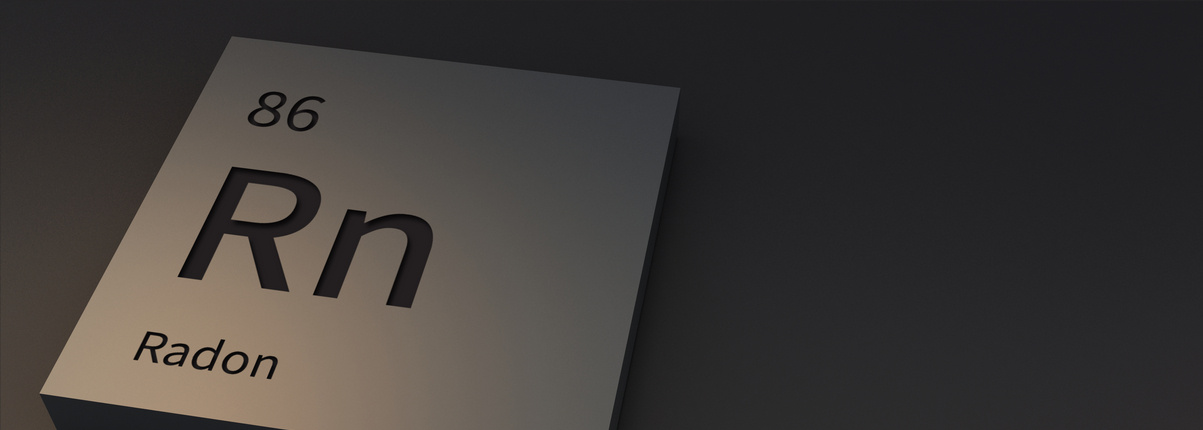Radon testing in Western Washington
What is radon?
Radon is a radioactive gas that naturally occurs through the decay of uranium in the ground. In the outside air, the gas dissipates rapidly in the air. Inside of a home, the gas can accumulate at unhealthy levels. The amount of radon in the earth varies widely based on geography.
Why is radon an issue?
According to the EPA, radon is responsible for approximately 21,000 lung cancer deaths each year. Radon is especially harmful to smokers and dramatically increases the risk of lung cancer. Even in non-smokers, radon is a leading cause of lung cancer.
I’ve heard radon isn’t a problem in Western Washington – is this true?
This issue has caused much confusion in recent years. The EPA publishes a map with radon risk zones. Naturally, people look at this map and use it to determine if their home lies within a high risk area. If it does not, they assume the risk is low and testing is not warranty. This is a sensible assumption, as the map appears to communicate the need for testing. However, this is not the EPA’s intent. The purpose of the map is to help local governments determine the need for more rigorous building standards to address radon gases. In the words of the EPA, “the map of radon zones should not be used to determine if individual homes need to be tested”.
Why the conflicting advice? The problem is radon is not perfectly uniform or consistent. While an area may have a low overall risk of radon, small regions within this area may have high levels of the gas. Therefore, the map cannot be used to rule out the risk of radon from an individual home or neighborhood, even if it lies within a low risk area.
How do you test for radon?
Radon testing is performed over a specific period of time, typically between 2 and 7 days. A sampling device is left at your home and sent to the lab at the end of the diagnostic period. Once the sample is processed, you’ll be sent a lab report with a description of the levels found in your home. Radon is measured in pCi/L (picocuries per liter of air). In the United States, the average indoor level is 1.3 pCi/L. The current EPA action level for radon is 4 pCi/L. When the levels are between 2 and 4, the EPA recommends people consider taking action.
Two basic categories of radon test kits exist, short and long term. Short term kits are used for sampling lengths of 2-4 days. Long term kits are used for 3-12 months. Long term test are more accurate, as they are less prone to false positives and negatives due to unique circumstances that may occur during a shorter testing window. Typically we recommend a short term test kit first. A long term test kit can be used as a follow up to verify the conclusion of the initial test.

